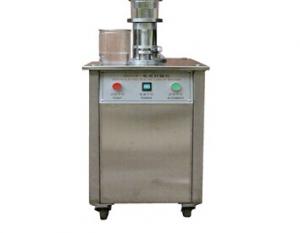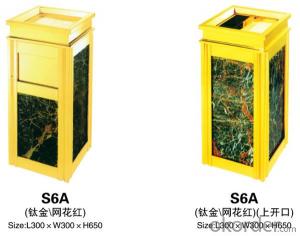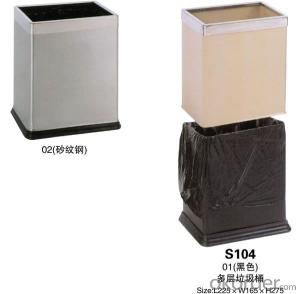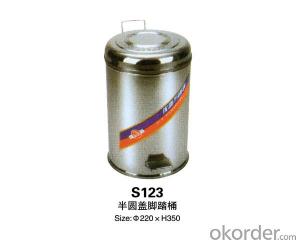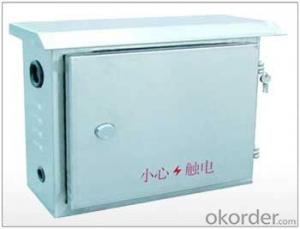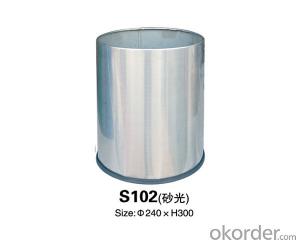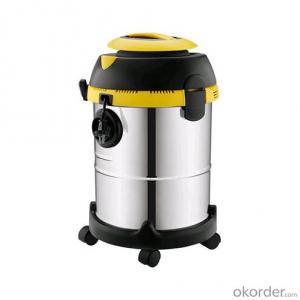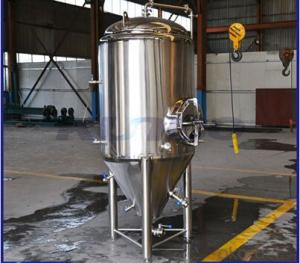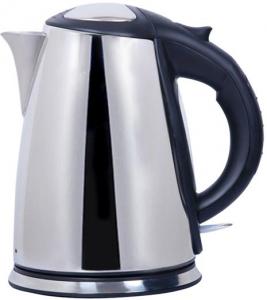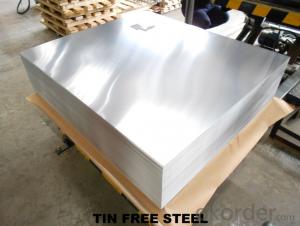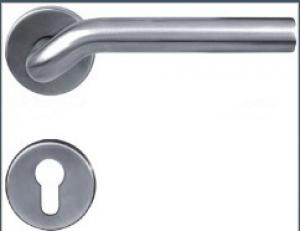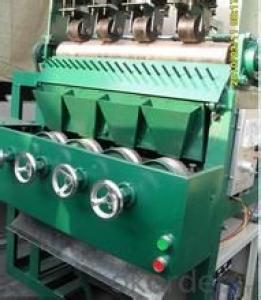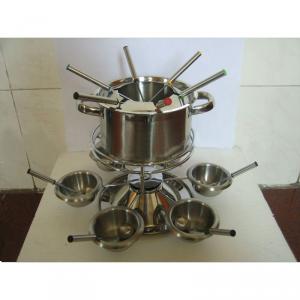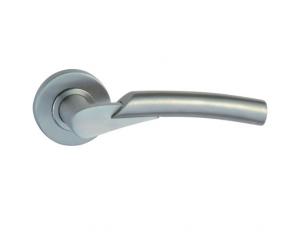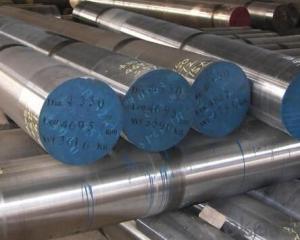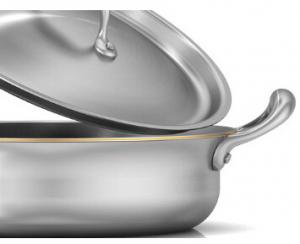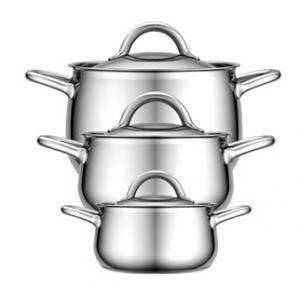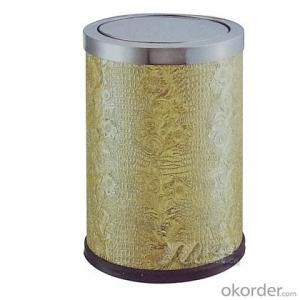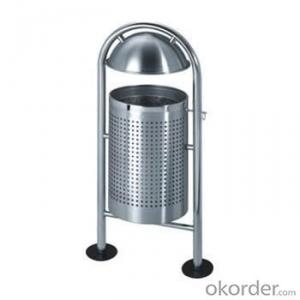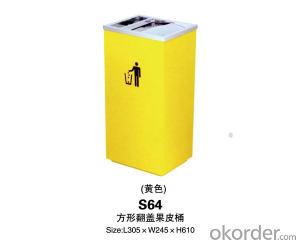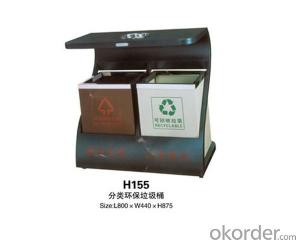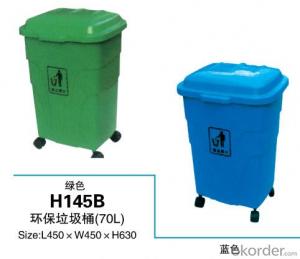Stainless Steel Garbage Can
Stainless Steel Garbage Can Related Searches
Garbage Can Stainless Steel Stainless Steel Garbage Cans Trash Can Stainless Steel Stainless Steel Trash Cans Stainless Steel Can Large Stainless Steel Trash Can Black Stainless Steel Trash Can Stainless Steel Small Trash Can White Stainless Steel Trash Can Stainless Steel Trashcan Stainless Steel Step Trash Can Small Stainless Steel Trash Can Glad Stainless Steel Trash Can Stainless Steel Dual Trash Can Galvanized Steel Trash Can Slim Trash Can Stainless Steel Best Stainless Steel Trash Can Slim Stainless Steel Trash Can Stainless Steel Canister Stainless Steel Waste Basket Stainless Steel Trash Bin Trashcan Stainless Steel Stainless Steel Litter Box Stainless Steel Trash Stainless Steel Litterbox Stainless Steel Jerry Can Stainless Steel Canisters Stainless Steel Recycling Bin Stainless Steel Bin Stainless Steel Compost BinStainless Steel Garbage Can Supplier & Manufacturer from China
Stainless Steel Garbage Cans are a popular choice for waste disposal in both residential and commercial settings due to their durability, corrosion resistance, and sleek appearance. These cans are designed to withstand harsh environments and frequent use, making them ideal for high-traffic areas such as offices, restaurants, and public spaces. The stainless steel material not only provides a modern aesthetic but also ensures that the cans are easy to clean and maintain, contributing to a hygienic and visually appealing environment.Stainless Steel Garbage Cans are widely used in various settings, including kitchens, restrooms, and outdoor areas, where their sturdy construction and resistance to rust make them a practical and long-lasting solution. They are available in different sizes and styles to suit specific needs and preferences, from small, under-counter cans to large, outdoor waste receptacles. These cans are also frequently equipped with features such as foot pedals or touchless感应 technology, which enhance user convenience and promote hygiene by minimizing contact with waste.
As a leading wholesale supplier, Okorder.com offers a vast inventory of Stainless Steel Garbage Cans to cater to the diverse requirements of businesses and individuals. With a commitment to quality and customer satisfaction, Okorder.com ensures that each Stainless Steel Garbage Can is manufactured to meet high standards and is available at competitive prices. This makes Okorder.com the go-to destination for those seeking reliable and cost-effective waste disposal solutions for their establishments.
Hot Products
